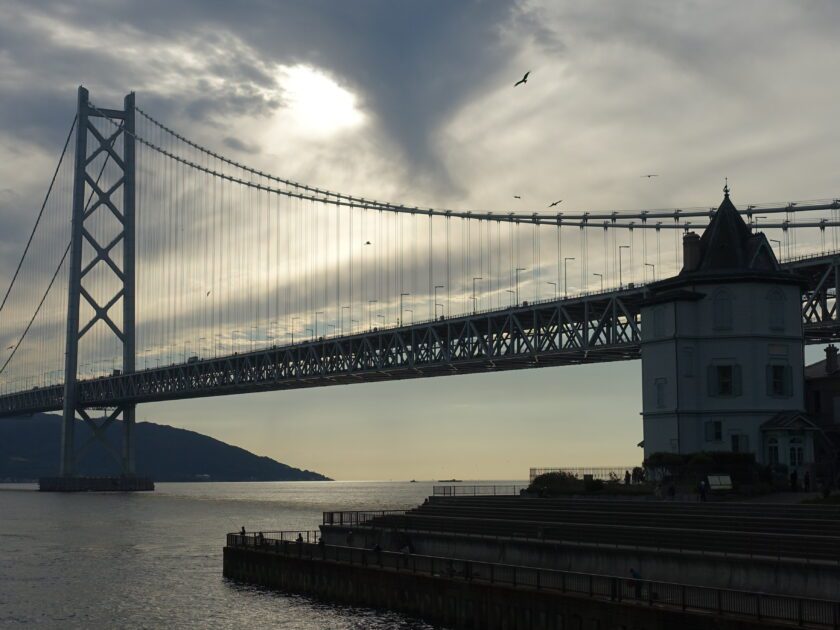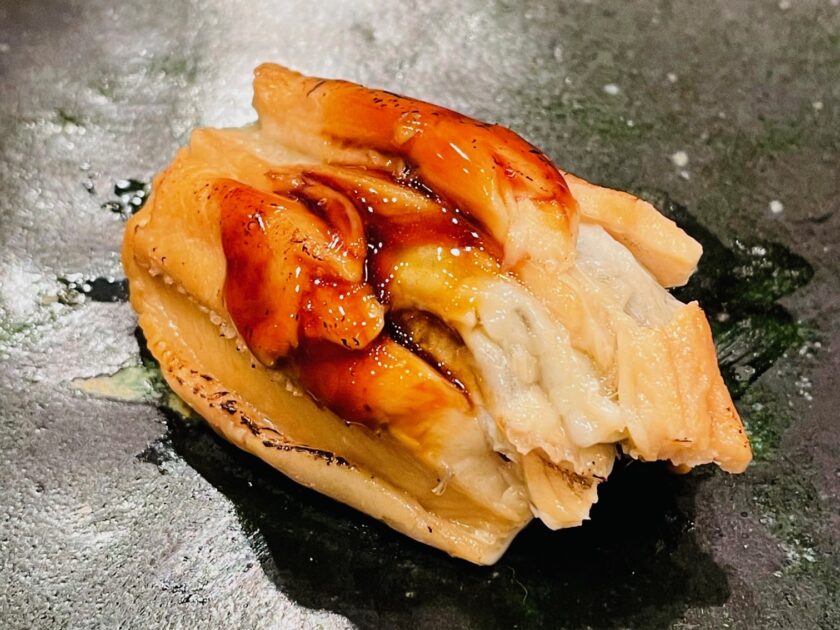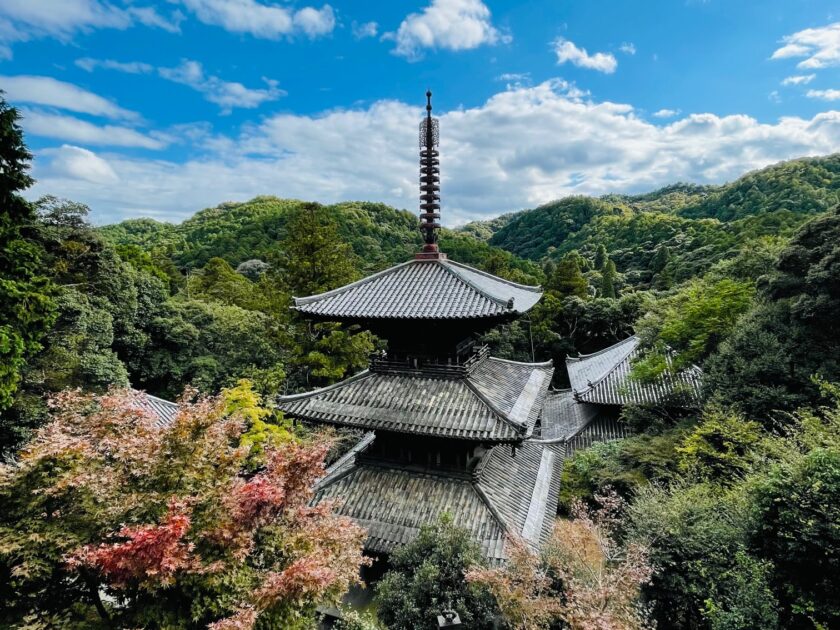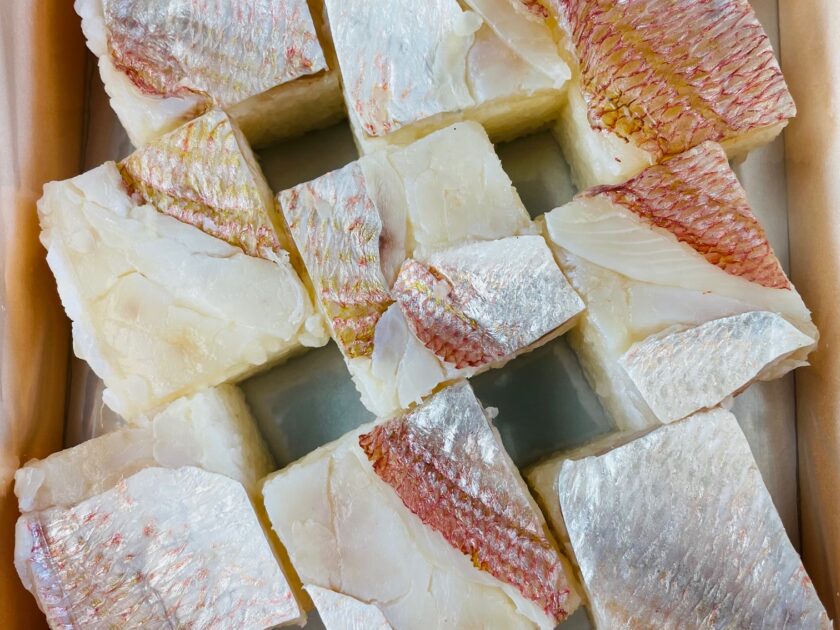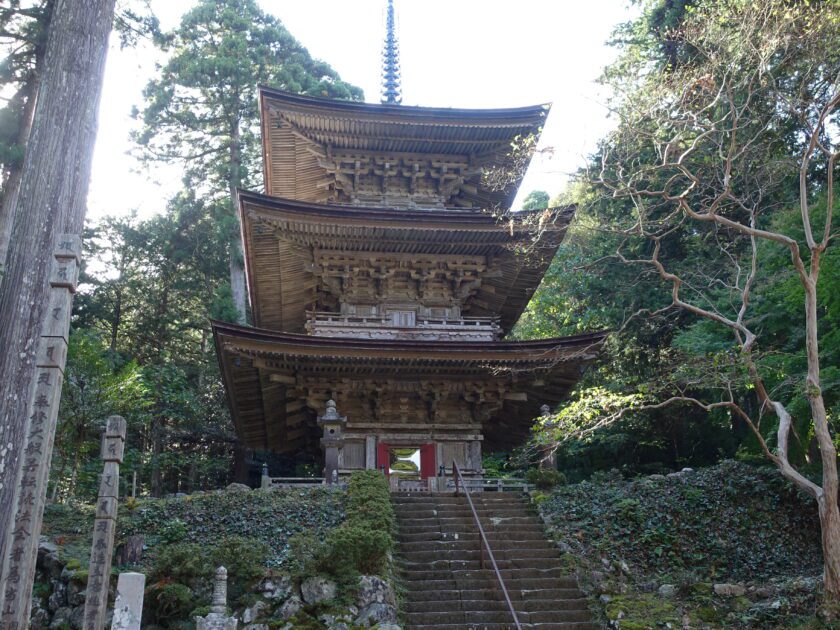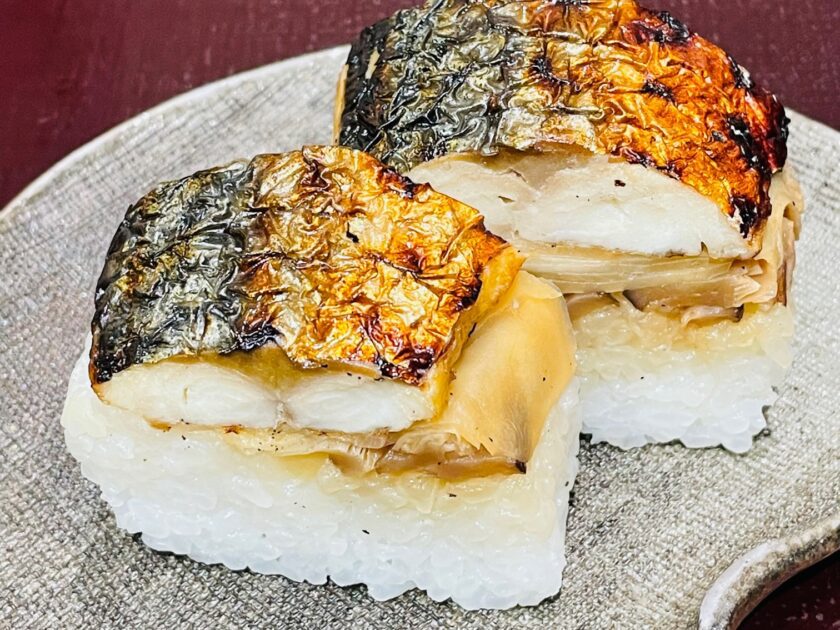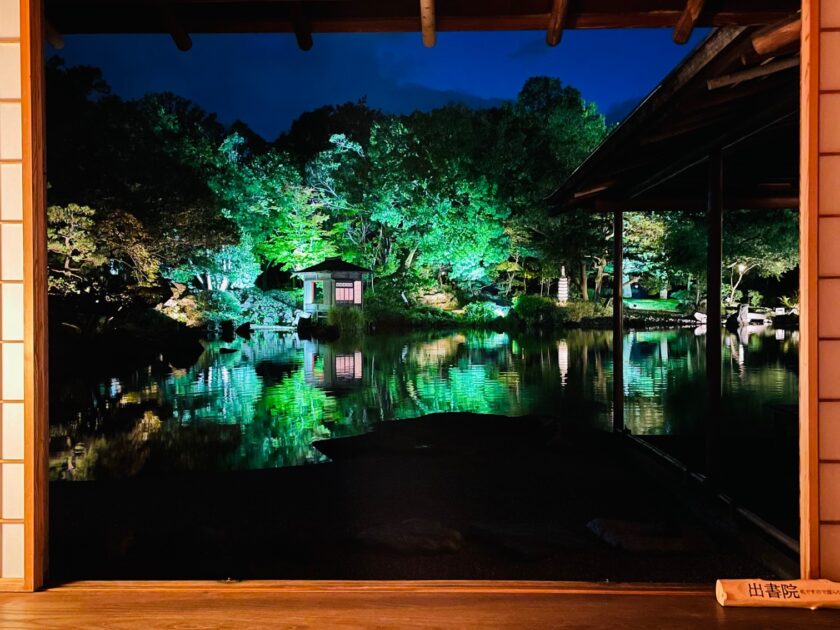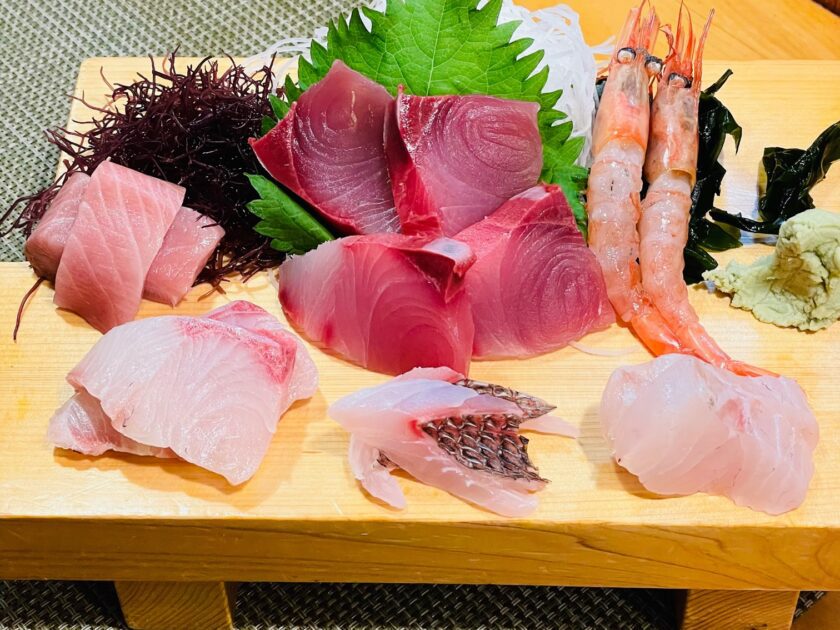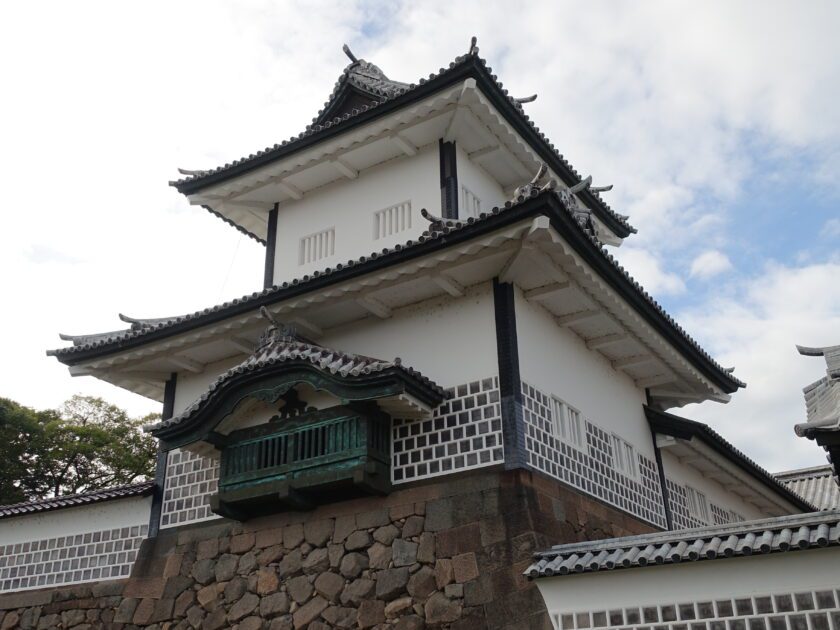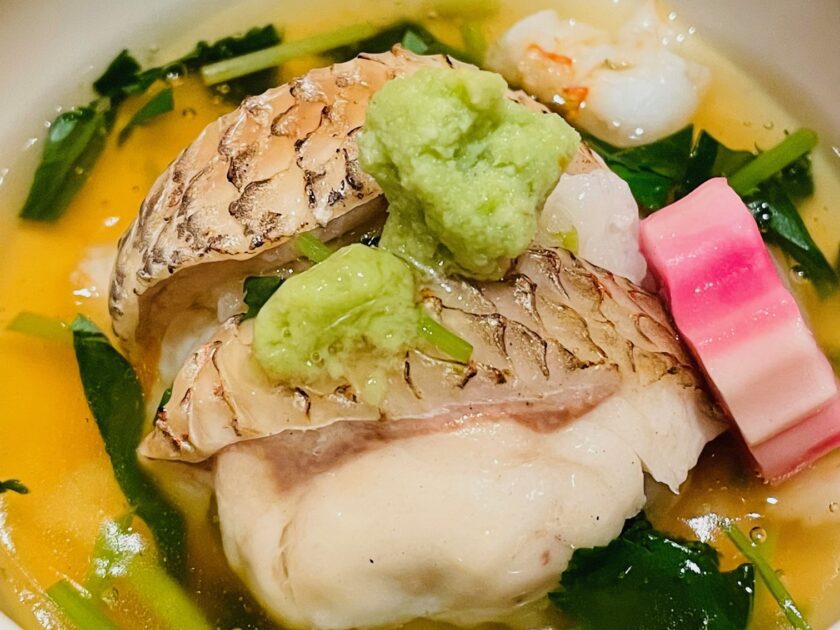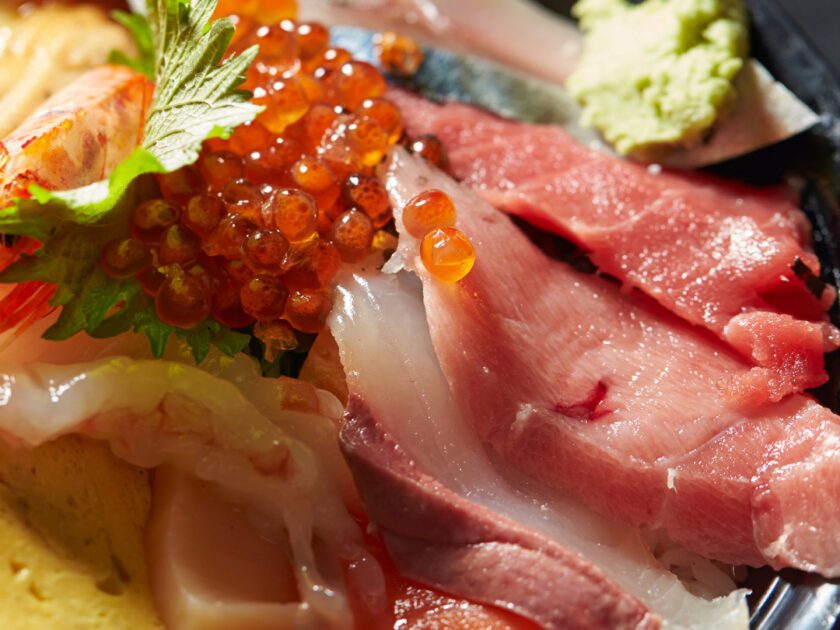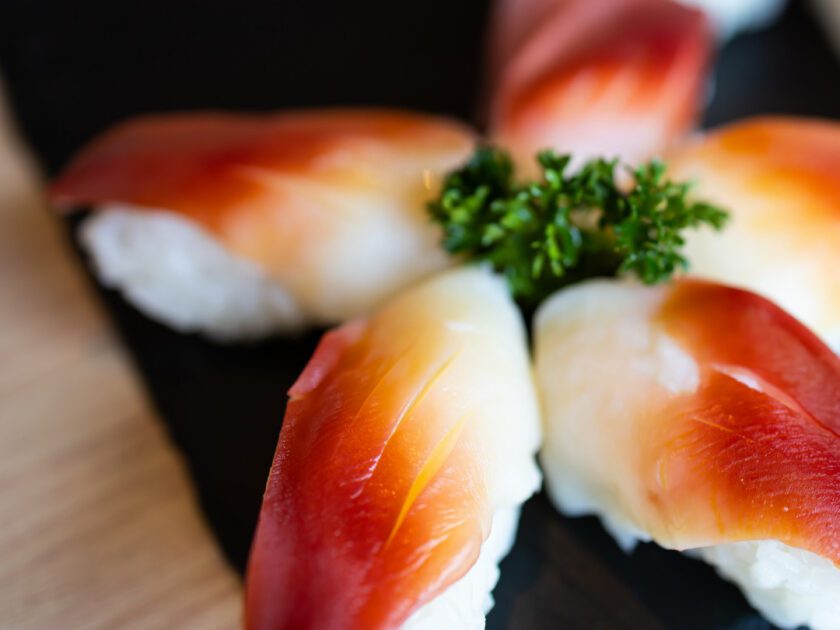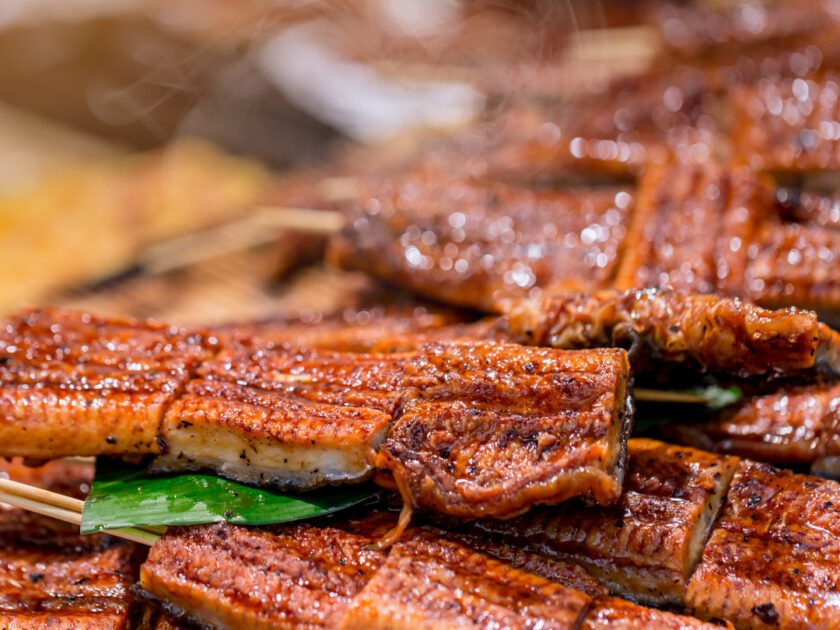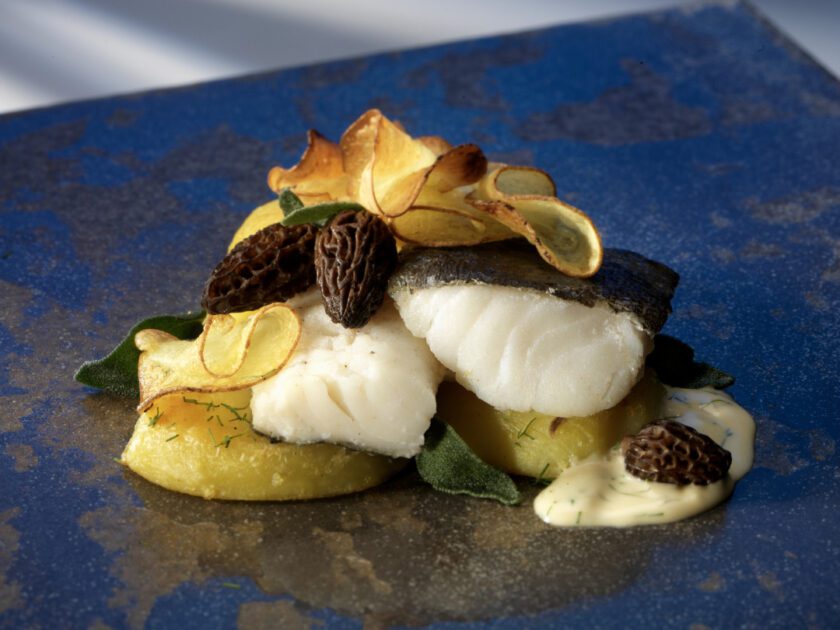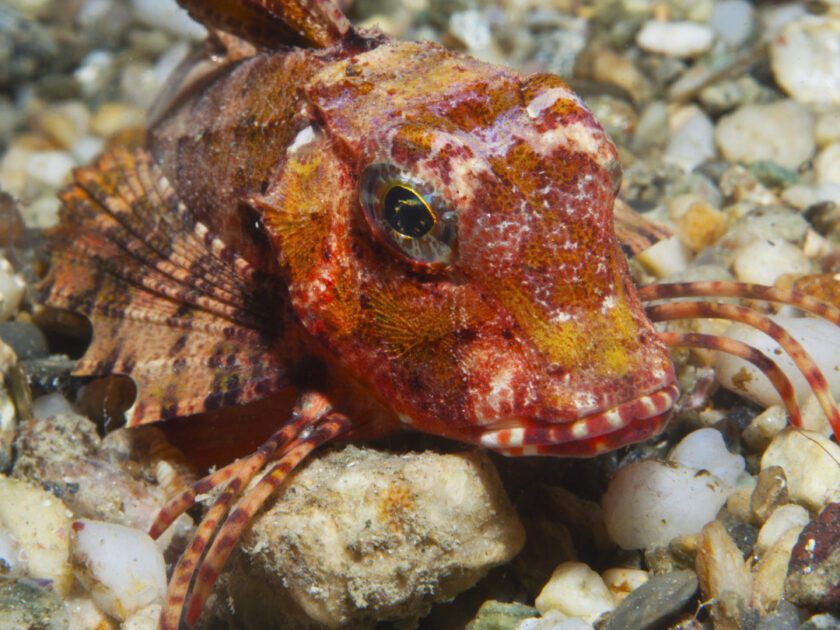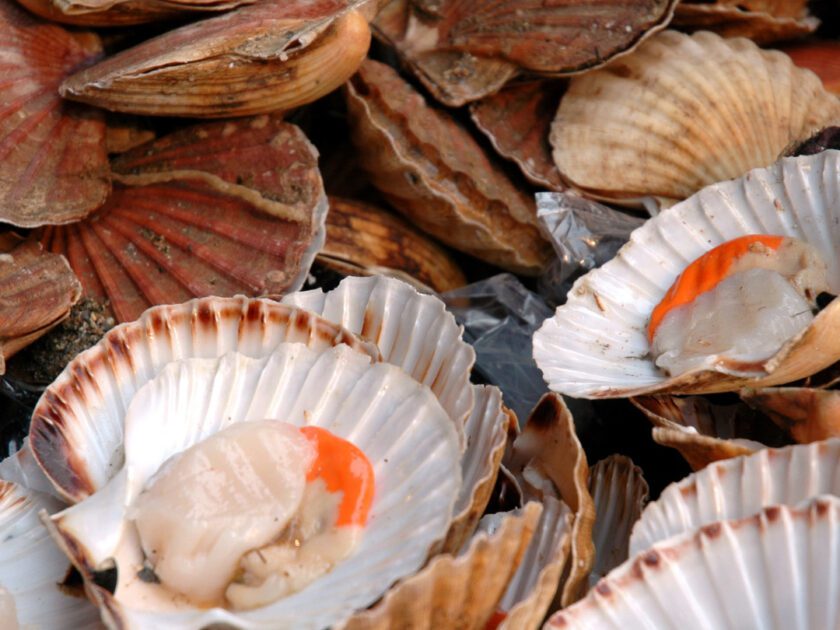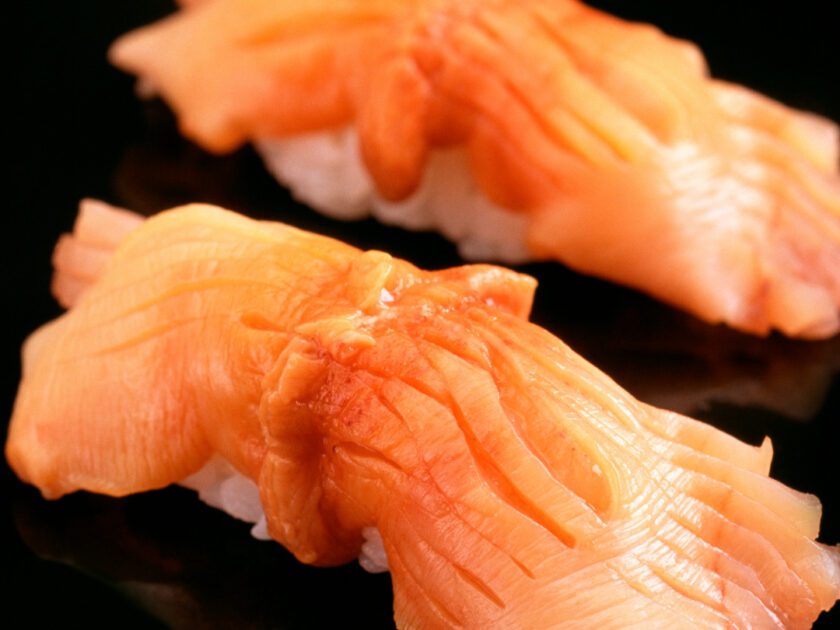Seafood in season in Jan (No.1)
Seafood in season in Jan (No.1) We will introduce the fish and shellfish that will be in season in January by dividing them into the whole of Japan and the prefectures ranked at the top. Please note that the season may vary depending on the region and year depending on the landing conditions due to climate change, so please consider it as reference data only. Table of contents 1. Fish and shellfish that are in season in January (whole Japan) 2. 1st place Hokkaido 3. 2nd place Aomori prefecture (same number as Miyagi prefecture) 4. 2nd place Miyagi prefecture (same number as Aomori prefecture) 1. Fish and shellfish that are in season in January (whole Japan) Of the 87 species surveyed, 28 species of fish and shellfish, which are in season in January, are the sixth largest in a year. The following is a list of 28 types of fish and shellfish in no particular order. Fish monkfish, flatfish, broadbanded thornyhead, red bream, spotted shad, shark, spanish mackerel, codfish, flounder, blowfish, Japanese amberjack, gurnard, mullet, tuna, pond smelt Shellfish ark shell, oyster, freshwater clam, scallop Other seafood northern shrimp, octopus ocellatus, spear squid , Japanese spiny




